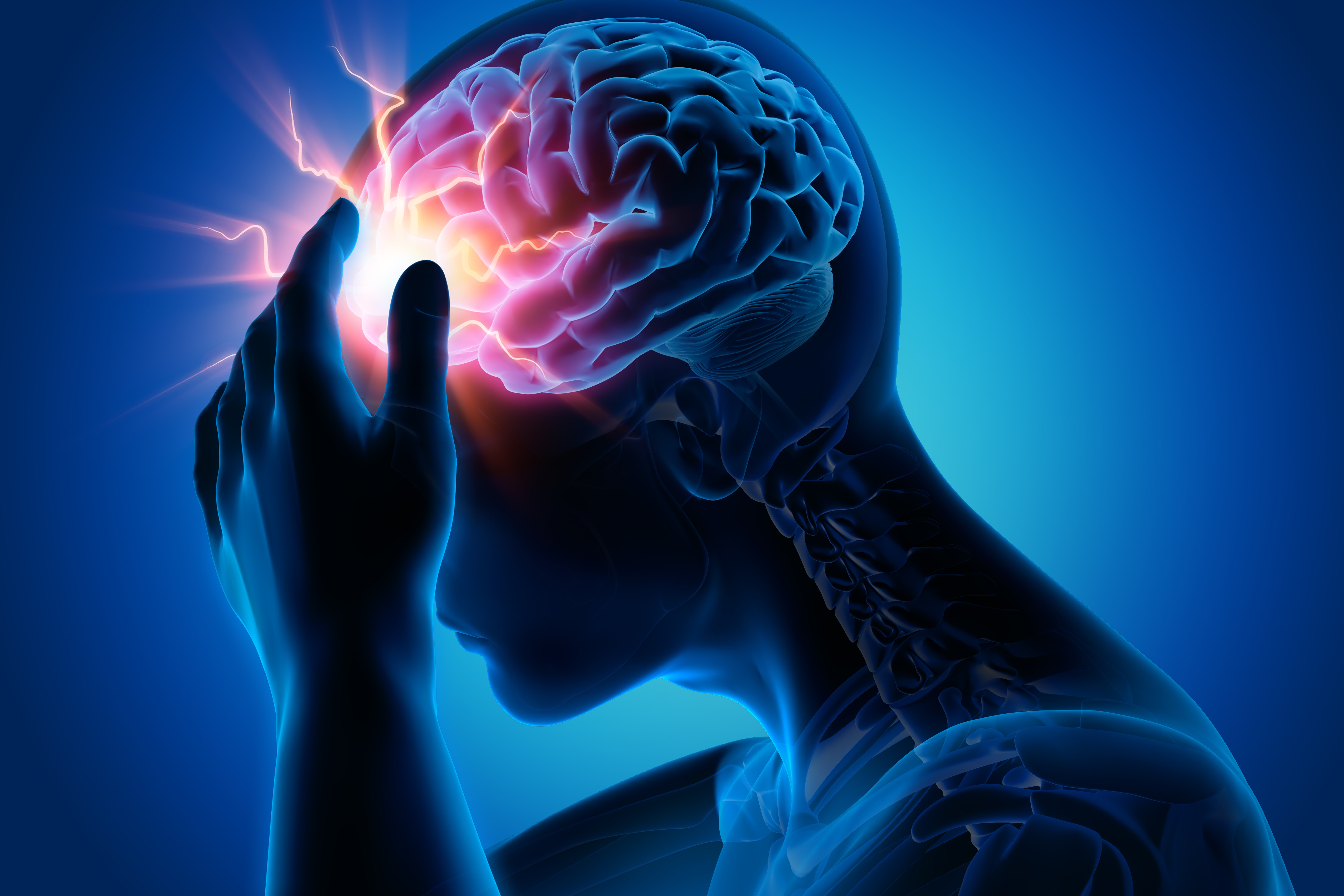A New Way to Preserve and Restore Brain Health

All of us age, and as we do, myelin, the protective covering around the nerve cells in our brain, starts to deteriorate. This is like losing the insulation around an electrical wire. It causes nerve impulses to slow or even stop, and affects a range of bodily functions from thinking, memory, and behavior to balance and coordination. But this does not have to be the case.
Neuroscientists use the term “environmental enrichment” to describe how physical and social surroundings coupled with exercise and learning stimulate the brain to protect itself against decline and injury. This can be as simple as casual exercise and creative thought, activities like walking in nature or daydreaming.
Environmental enrichment is critical for brain development from the moment of conception and especially from birth onward, but we also need it to keep our brains in working order throughout our lives. Enrichment prompts the brain to add synapses and build branches on brain cells, encourages new blood vessel growth, improves energy transfer, and builds a thicker cortex—the cerebral powerhouses that are the seat of our consciousness and intelligence. Importantly, environmental enrichment also promotes myelination, an essential aspect of cognition, learning and brain health. The nutritive functions enrichment provides can also help ameliorate the brain injury that occurs in neurodegenerative diseases, such as multiple sclerosis, Alzheimer’s disease, and brain trauma.
How do these outside influences work inside our bodies? That’s important to understand, as “prescribing” environmental enrichment as a treatment is tricky, requiring constant discipline (especially in this moment of enforced “social distancing!”). Enrichment is especially difficult for patients who are already distracted by intense pain, as those who suffer from migraines—headaches so debilitating they can cause nausea, difficulty speaking, numbness or tingling, and sensitivity to light and sound.
 Richard Kraig, MD, PhD, has spent his career studying and treating neurological conditions. He’s especially interested in understanding the basis of environmental enrichment and how to leverage its benefits to develop novel neurotherapeutics.
Richard Kraig, MD, PhD, has spent his career studying and treating neurological conditions. He’s especially interested in understanding the basis of environmental enrichment and how to leverage its benefits to develop novel neurotherapeutics.
Working with neuroscientists Aya Pusic, PhD, Kae Pusic, PhD, (Yes, they are sisters!) and Lisa Won, PhD, the Kraig lab has detailed over the last several years the mechanisms by which environmental enrichment work in the body. They found that enrichment actually causes the release of certain type of exosomes, little fatty packets of mRNA, miRNA, and proteins.
For years, scientists had regarded exosomes as little more than tiny trash bags, exporting material from the cells. More recently, Kraig and his team are learning how exosomes ferry important proteins and genetic information between cells, sometimes cells quite distant from one another.
Kraig’s team applied the specific exosomes they had identified to both cultured brain tissue and live animals. They found these exosomes increased baseline levels of myelin and restored levels of myelin after injury from multiple sclerosis.
The team went on to show that they could generate these same exosomes by stimulating certain immune cells with low levels of interferon gamma, and that the exosomes were also effective against spreading depression, a model of migraine—offering the basis for a potential new therapy for migraines as well as neurodegenerative disorders that affect myelin.
Since these nutritive exosomes can cross the blood brain barrier after intravenous treatment or even be delivered to the brain via a nasal spray, they offer promise in treating many neurological conditions. Learning how to manipulate the contents of these little packets may one day allow physicians to deliver targeted therapies to the brain for many conditions—offering a breakthrough natural treatment to restore brain health.
Elise Wachspress is a senior communications strategist for University of Chicago Medicine & Biological Sciences Development.